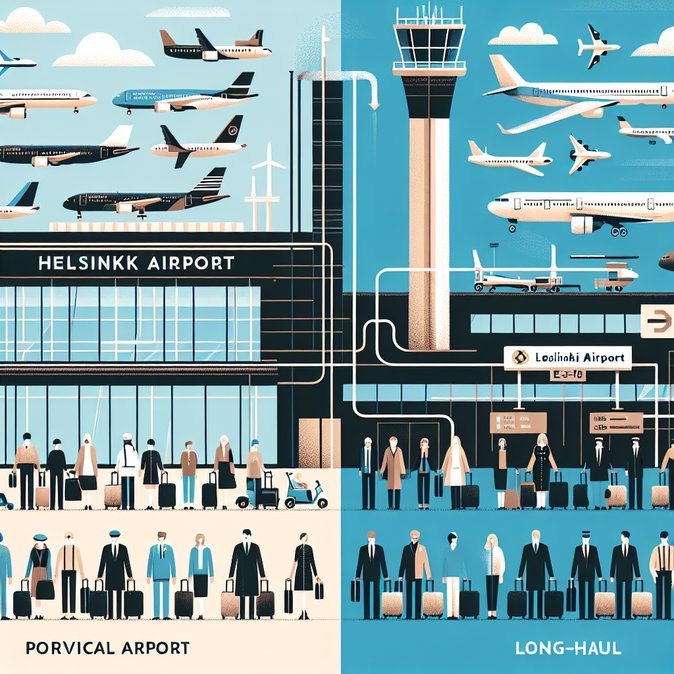
Latest Statistics Finland data show that Finnish airports processed 1.7 million travellers in September 2025, up 1 % year-on-year. Helsinki Airport accounted for 1.5 million of those passengers—a 2 % rise that offset a 6 % decline across regional airports. International passengers dominated, representing 84 % of total traffic nationwide and 91 % at Helsinki-Vantaa. Domestic volumes, by contrast, fell 4 % amid subdued business demand and improved rail connectivity.
The modest rebound is significant for global-mobility programmes because Helsinki serves as the main Scandinavian hub for Asia-bound traffic after Finnair’s strategic pivot to North-Pole routings following Russian airspace closures. The 2 % growth suggests that confidence is returning among both leisure and corporate travellers despite Finland’s sluggish economy and continuing border closure with Russia.
Regional airports—critical for intra-Nordic commuting and project work in Lapland’s mining and renewable-energy sectors—remain under pressure. The 6 % slide may prompt Finavia and local chambers of commerce to lobby for route subsidies or public-service-obligation contracts to safeguard connectivity. For relocation managers, the data reinforce the need to factor in extra surface-transport time or secondary hubs (e.g., Oulu, Rovaniemi) when scheduling site visits.
Finavia’s separate infrastructure upgrades—including biometric e-gates and expanded non-Schengen capacity—are set to come on-line in Q1 2026. These improvements should ease peak-season congestion and enhance transit reliability, making Helsinki more attractive for multinational assignment rotations and short-cycle project teams.
The modest rebound is significant for global-mobility programmes because Helsinki serves as the main Scandinavian hub for Asia-bound traffic after Finnair’s strategic pivot to North-Pole routings following Russian airspace closures. The 2 % growth suggests that confidence is returning among both leisure and corporate travellers despite Finland’s sluggish economy and continuing border closure with Russia.
Regional airports—critical for intra-Nordic commuting and project work in Lapland’s mining and renewable-energy sectors—remain under pressure. The 6 % slide may prompt Finavia and local chambers of commerce to lobby for route subsidies or public-service-obligation contracts to safeguard connectivity. For relocation managers, the data reinforce the need to factor in extra surface-transport time or secondary hubs (e.g., Oulu, Rovaniemi) when scheduling site visits.
Finavia’s separate infrastructure upgrades—including biometric e-gates and expanded non-Schengen capacity—are set to come on-line in Q1 2026. These improvements should ease peak-season congestion and enhance transit reliability, making Helsinki more attractive for multinational assignment rotations and short-cycle project teams.





